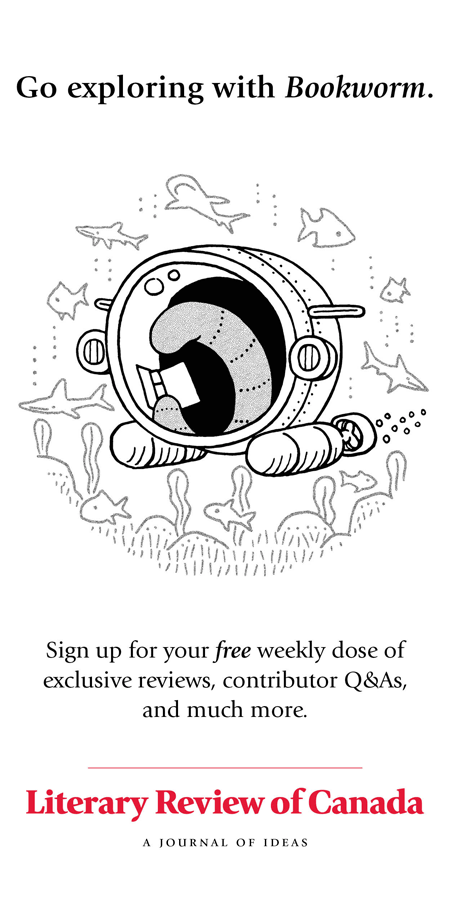Uncovering trauma in ways that break, rather than repeat, cycles of violence is among the greatest challenges for a contemporary writer. It is also one of our era’s more urgent tasks. Silence is an increasingly untenable response to transgression, but speaking of it risks calling it forth. A careful hand, however, can shift the way authors and readers alike see themselves and the fraught worlds they inhabit.
With Nishga, Jordan Abel signals such a shift right from the start. The book’s cover displays both literal and literary fragments, empty spaces, and incomplete pictures, all awash with the colours of the Nisga’a nation: black, white, and red. The combination primes the reader for what’s to come: visual and linguistic representations that reinforce one another’s incompleteness by honouring, but not fetishizing, the pain they evoke. Against a white backdrop, the sans serif title appears in black, with only the letter H rubricated. Below it, six rounded...
Marlo Alexandra Burks is the author of Aesthetic Dilemmas and a former editor with the magazine.

